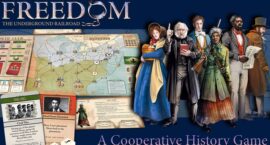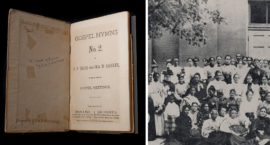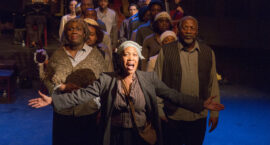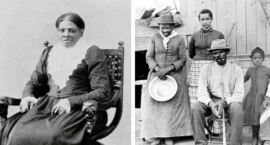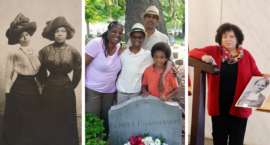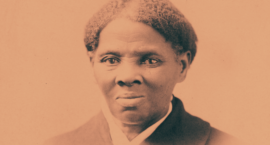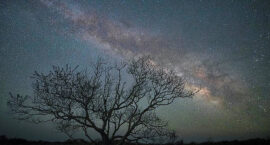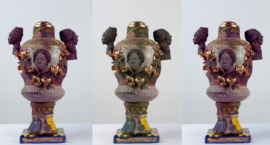Nettrice Gaskins is a digital artist and self-identified Afrofuturist whose work has been receiving national attention. A 2021 Ford global fellow, Gaskins’s work is featured in the current “FUTURES” exhibit at the Smithsonian.
Ms.’s Janell Hobson, who invited Gaskins to create original art for the Harriet Tubman Bicentennial Project, interviewed the artist over Zoom.



